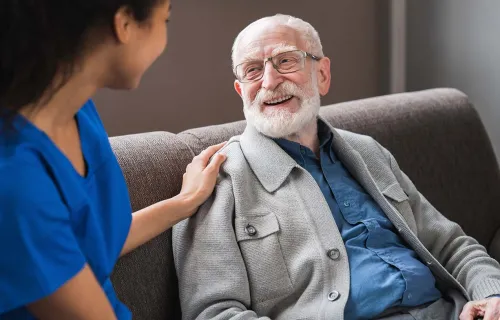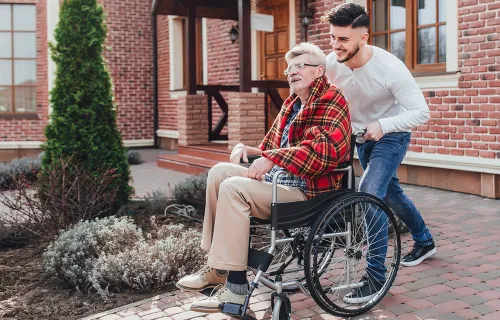The NHS is possibly the most precious thing that our nation has created in modern times. As we celebrate 75 years of our National Health Service this year, we continue to learn from innovation and IT and how it can make a real impact in serving the NHS.
I was employed by the NHS in 1992 for six years, and have worked for organisations delivering services and IT projects to NHS and Social Care organisations since. As someone driving a local EPR solution back in the nineties, the thing I found worked best where IT was not reliable or mature to the stage it is today, was constant engagement with all front-line staff in the NHS – working with the people first. Doctors, nurses, AHPS, ward clerks, outpatient clinic receptionists and, last but not least, medical secretaries. In those days, we could try things and test them – often the next day. Does that work, is that better? The mantra then was of People, Process then Technology delivered and resolved at pace.
The approach was always interoperability and clinician led-design. If the data is there, let’s get it so you don’t have to duplicate it. If you have a workflow, let’s try and make it easier. It worked but it was a local development so not a product and therefore would not work in terms of Digital Technology Assessment Criteria. (DTAC).
During the National Programme days and as technology grew we may have lost sight of the importance of the engagement with the people that use the software first. Providing the software to the people and expecting them to get on using it without understanding why became an issue. At this time, many IT projects became burdens as opposed to enablers for clinical staff.
I think, with the great advances and pace of change in IT over the last year with software and device capability, generative AI, and clinician-led developments with small enterprises, we have the opportunity to get back to that culture where IT is an enabler for all those providing health and care – not another barrier. To achieve this, we need to adopt the engagement approach.
There are big challenges ahead – joining up social care with health, engaging our people in terms of remote health and care, and supporting our health and care staff with the right systems and the right devices and the right support. However, there is a growing world of amazing solutions from home monitoring to predictive analytics and much more useful tools for health and care staff and their service managers. The key thing is to bring these all together in a user experience that works for front-line staff.
We can achieve this by embracing not only the core essential EPRs but an ecosystem of innovative technology solutions, interoperability standards and a platform approach to data and analytics. The key thing is having the foundations to do this and then get back to the world of clinician-led rapid and innovative developments that plug into the wider system world.
I believe the time is now and we can do it and continue to support the NHS for the next 75 years with better IT.
This has to begin with the people before we look at processes and bring the world of technology to the mix.






